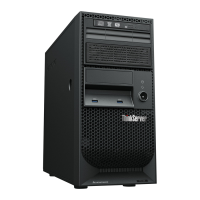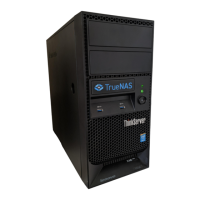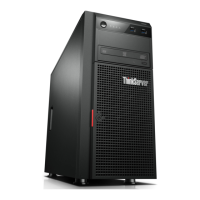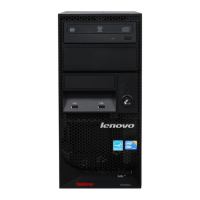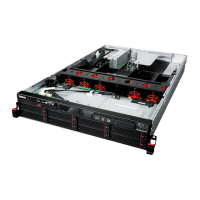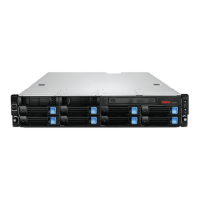What to do if I'm not able to perform problem determination actions on my Lenovo ThinkServer TS150 Server?
- TTracy WalkerJul 28, 2025
If you are unable to determine the cause of a problem, download the ThinkServer diagnostic tool and understand how to use it from the Lenovo support page.





